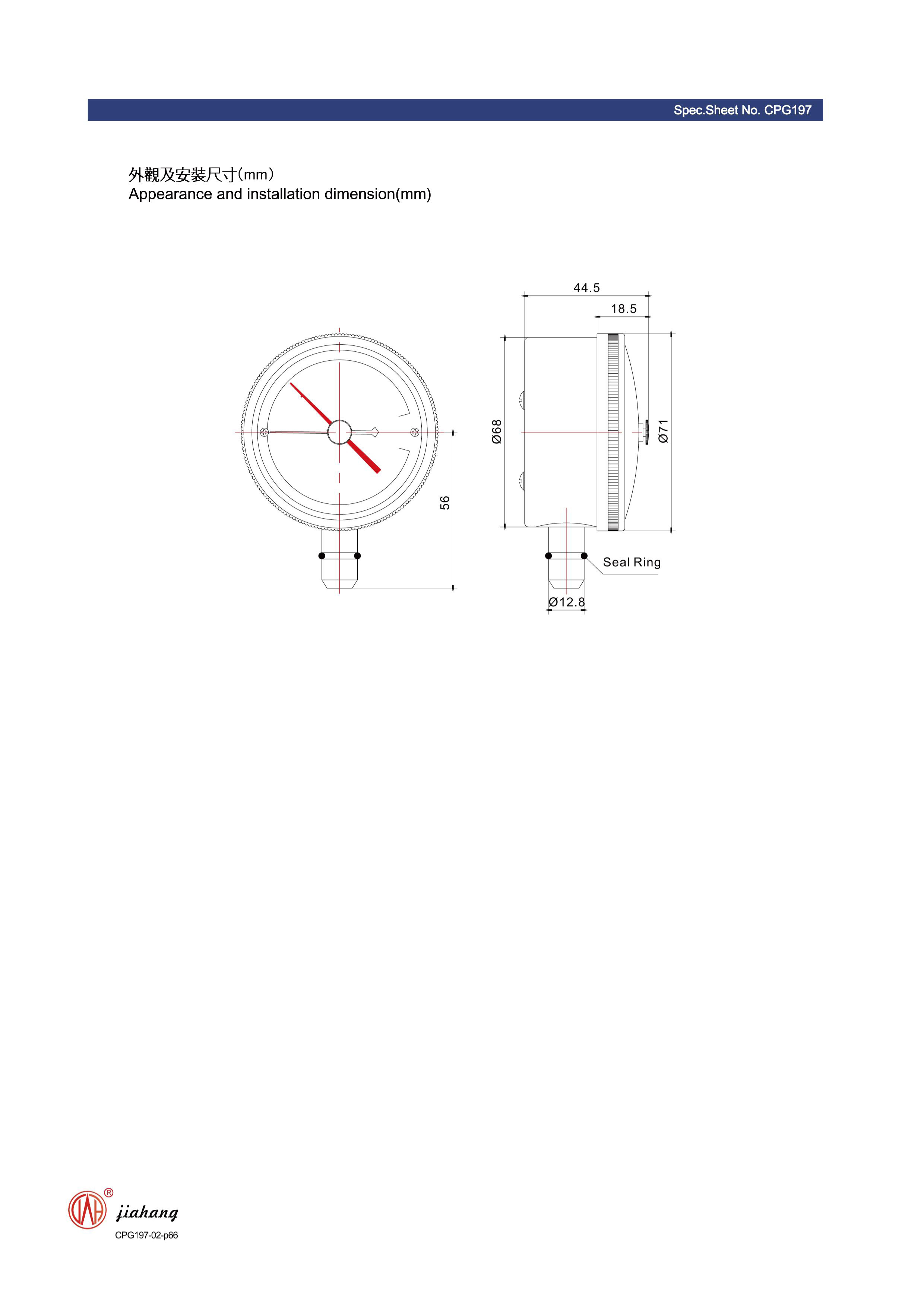
Out . 09, 2024 05:53 Back to list
Innovative Piston-Style Differential Pressure Gauges for Accurate Measurement Solutions
Understanding Piston-Style Differential Pressure Gauges
Piston-style differential pressure gauges are specialized instruments widely used in industrial settings for measuring pressure differences between two points in a system. This type of gauge offers significant advantages in terms of accuracy, reliability, and responsiveness, making it popular in various applications across multiple sectors, including oil and gas, water treatment, and HVAC systems.
How Piston-Style Differential Pressure Gauges Work
At the core of a piston-style differential pressure gauge is a piston mechanism. This gauge typically consists of a chamber divided into two sections by a piston. Each section is connected to different pressure sources, allowing the gauge to measure the difference in pressure between the two inputs. When there is a pressure differential, the piston moves in response to the varying force exerted by the fluids on either side. The movement of the piston is then translated into a readable output, often displayed on a dial or digital interface.
The design of these gauges allows for high sensitivity and precise measurement, even in environments where pressure fluctuations can be rapid or significant. The construction materials are usually chosen to withstand harsh conditions, making them suitable for a variety of operational environments without compromising performance.
Applications of Piston-Style Differential Pressure Gauges
Piston-style differential pressure gauges are used in numerous applications. In the oil and gas industry, they help monitor pressure drops across filters, allowing for early detection of blockages and maintaining flow efficiency. In water treatment facilities, these gauges assist in assessing the pressure differential across membranes, which is crucial for optimizing filtration processes.
In HVAC systems, they are utilized to measure the pressure difference across air filters and dampers
. By monitoring this differential pressure, operators can ensure optimal airflow and energy efficiency, contributing to lower operational costs and better indoor air quality.piston-style differential pressure gauges jah

Advantages Over Other Gauge Types
One of the most significant advantages of piston-style gauges over other types, such as diaphragm or capillary gauges, is their ability to provide more accurate readings under varying temperature and pressure conditions. The piston mechanism is less affected by temperature changes, which enhances reliability.
Moreover, piston-style gauges can handle a broader range of pressure differences, including both low and high differential pressures. This versatility makes them a preferred choice for many engineers and operators.
Maintenance and Calibration
While piston-style differential pressure gauges are known for their durability, regular maintenance and calibration are still critical to ensuring long-term accuracy and reliability. Routine checks can help identify any wear or potential issues before they become significant problems. Calibration against known pressure standards should be performed at regular intervals to maintain measurement integrity.
Conclusion
In summary, piston-style differential pressure gauges are invaluable tools in various industrial applications where precise and reliable pressure measurement is critical. Their robust design, wide range of applications, and excellent accuracy make them an essential component in monitoring systems and ensuring operational efficiency. As technology advances, we can expect further enhancements in these gauges, allowing for even better performance and reliability in the years to come.
-
High-Precision 5 Valve Manifold Differential Pressure Gauge Suppliers
NewsApr.29,2025
-
High-Precision Diaphragm Vacuum Pressure Gauges Manufacturers & Quotes
NewsApr.29,2025
-
Omega Differential Pressure Gauges High Accuracy & Durability
NewsApr.28,2025
-
Low Pressure Differential Pressure Gauges Precision Solutions & Quotes
NewsApr.28,2025
-
Digital Diaphragm Pressure Gaauge Precision Measurement & OEM Quotes
NewsApr.28,2025
-
Differential Pressure Gauge China Price High-Accuracy & Best Quotes
NewsApr.28,2025
